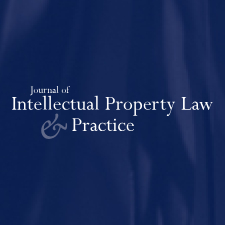Journal of Intellectual Property Law & Practice – February 2024
Patent laws frequently call on the services of the ‘person skilled in the art’. But that person has a split personality: at first, he1 is a donkey; later on, he becomes a genius. Depending on the circumstances (or on mere convenience), this fictional person knows everything or knows nothing.
The different sides of the split personality of the ‘person skilled in the art’ can perhaps be best seen in litigation. Here, the infringer challenges the patent, appealing to either side of this personality. First, the person skilled in the art has the expertise, knowledge and aptitude to find that the patented innovation was obvious based on prior art; thus, the patent is invalid. Second, when the same person looks at the patent claims and the description and drawings, he is dumbstruck and, asserting that the patent is unclear and incomplete, finds himself wholly incapable of implementing the invention; thus, the patent is invalid. This two-fold approach can also be used by the patent examiner when reviewing the application during patent prosecution.
To better understand this complex situation, we must first acknowledge that the confusion stems from the origin of the notion of ‘patent’ itself, which is inspired in part by an agreement between public and private. As opposed to the confidentiality of an industrial or trade secret, a patent requires a detailed public description of how to implement the invention. In addition, according to the validity requirements (encompassing novelty and inventive step), the exclusive right conferred by a patent is granted only for non-trivial inventions. Thus, the two different sides of the personality of the person skilled in the art are aimed at achieving different objectives: one is to ensure that the patent respects the agreement between public and private sectors; the other is to protect valuable inventions and not trivial innovations.
While these principles—sufficient disclosure and inventive step—are at the foundation of the notion of ‘patent’, their application can result in confusion and erroneous outcomes.

